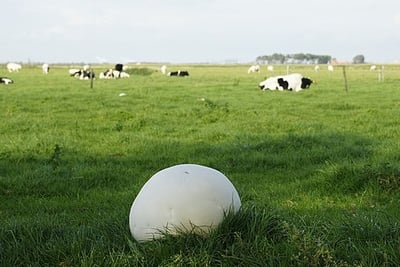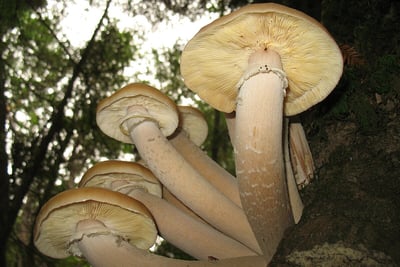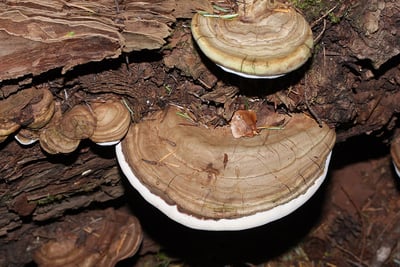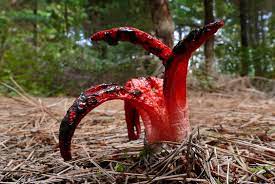Fungi Giants: The World's Largest Mushrooms and Fungi
They're huuuuuuge
7/29/20233 min read
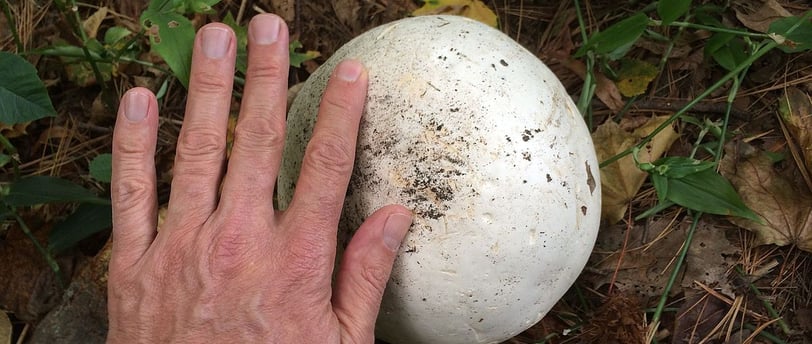

Unveiling Nature's Giants: The World's Largest Mushrooms and Fungi
The fungal kingdom is known for its incredible diversity, with mushrooms and fungi taking on various sizes, shapes, and colors. While we often associate mushrooms with small, delicate specimens, there are some extraordinary organisms that defy expectations by reaching colossal proportions. In this article, we explore the world of the largest mushrooms and fungi, delving into their awe-inspiring characteristics and shedding light on their remarkable presence in the natural world.
1. Honey Mushroom (Armillaria ostoyae):
The Honey Mushroom, specifically the Armillaria ostoyae species, holds the title for being one of the largest and most extensive organisms on Earth. Found primarily in North America, this colossal fungus forms massive underground networks known as mycelial mats, which can cover vast areas and extend for thousands of acres. These mats consist of interconnected fungal hyphae and play a crucial role in the decomposition of wood and organic matter. The largest known honey mushroom mycelial mat in Oregon, USA, spans over 2,384 acres, making it a true natural giant.
2. Giant Puffball (Calvatia gigantea):
As the name suggests, the Giant Puffball is an impressive mushroom known for its enormous size. This species can reach diameters of up to three feet (around 90 centimeters) and weighs several kilograms when fully mature. Giant Puffballs are typically white when young, turning yellowish-brown as they age. When the spores inside the mushroom are fully mature, a gentle tap can release an impressive cloud of fine dust-like particles. Despite their grand size, Giant Puffballs are edible and considered a delicacy in some culinary traditions.
3. Bracket Fungi (Ganoderma applanatum):
Bracket fungi, commonly known as shelf fungi or conks, are a group of fungi that grow on the sides of trees or deadwood, forming large and durable fruiting bodies. Among them, Ganoderma applanatum stands out for its remarkable size. Also called the Artist's Conk, this fungus can grow up to two feet (around 60 centimeters) in diameter. The top surface of the bracket often displays intricate patterns, making it a favorite medium for artists to etch or draw on.
4. Clathrus archeri:
Clathrus archeri, also known as the Devil's Fingers or Octopus Stinkhorn, may not be as physically large as some of the other fungi on this list, but its appearance is undeniably fascinating and unique. Native to Australasia, this fungus emerges from a small egg-like structure and transforms into a reddish-orange mass of tentacle-like arms. It releases a foul odor that attracts insects to aid in spore dispersal. While the arms of Clathrus archeri are relatively short, reaching only a few inches in length, their visual impact and distinctiveness earn them a spot among nature's remarkable creations.
These largest mushrooms and fungi showcase the astonishing diversity and adaptability of the fungal kingdom. From the extensive underground networks of the Honey Mushroom to the gigantic fruiting bodies of the Giant Puffball and Bracket Fungi, and the captivating appearance of Clathrus archeri, these natural giants leave us in awe of the wonders that exist in the world around us. Exploring and appreciating these remarkable organisms not only deepens our understanding of fungi but also highlights the importance of preserving their habitats and the intricate roles they play in ecosystems worldwide.


